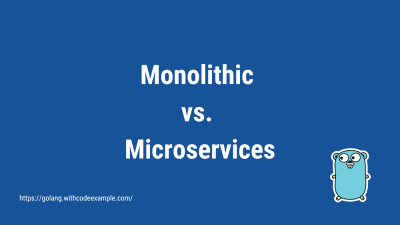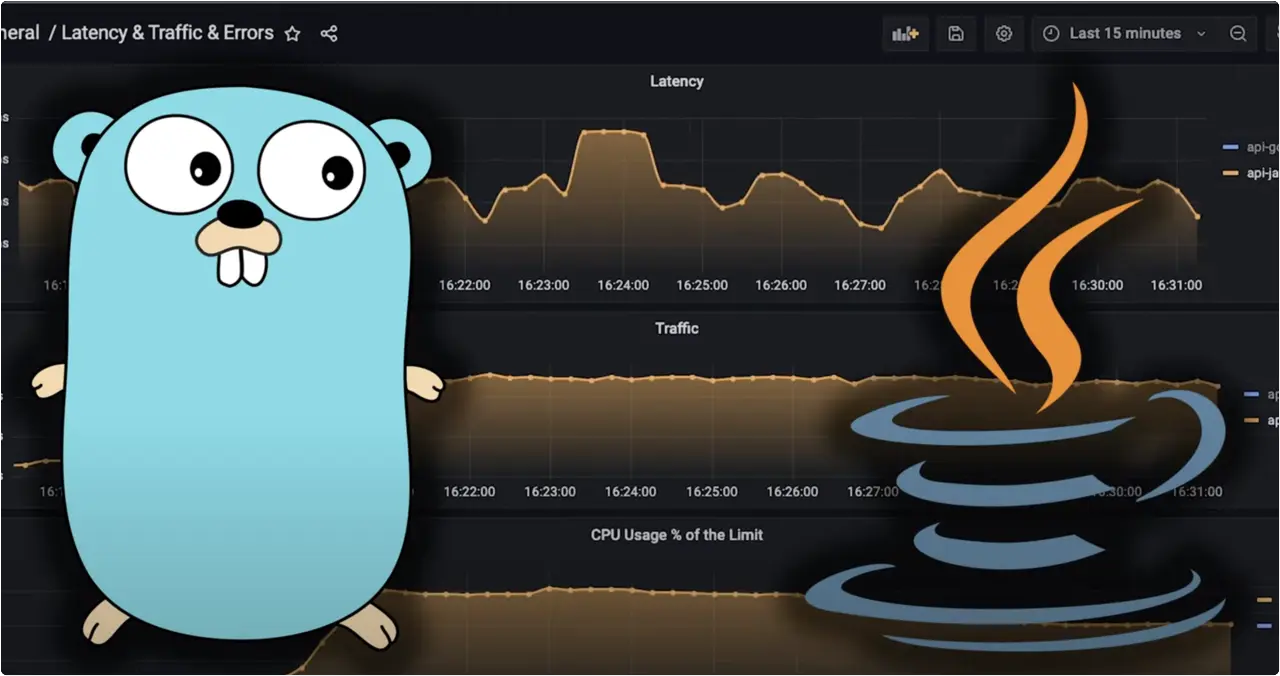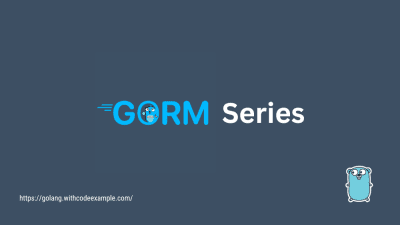Top Highest Paying Programming Languages To Learn in 2024
- With Code Example
- December 13, 2023
Top Paying Programming Languages To Learn in 2024
Table of Contents
10. Scala
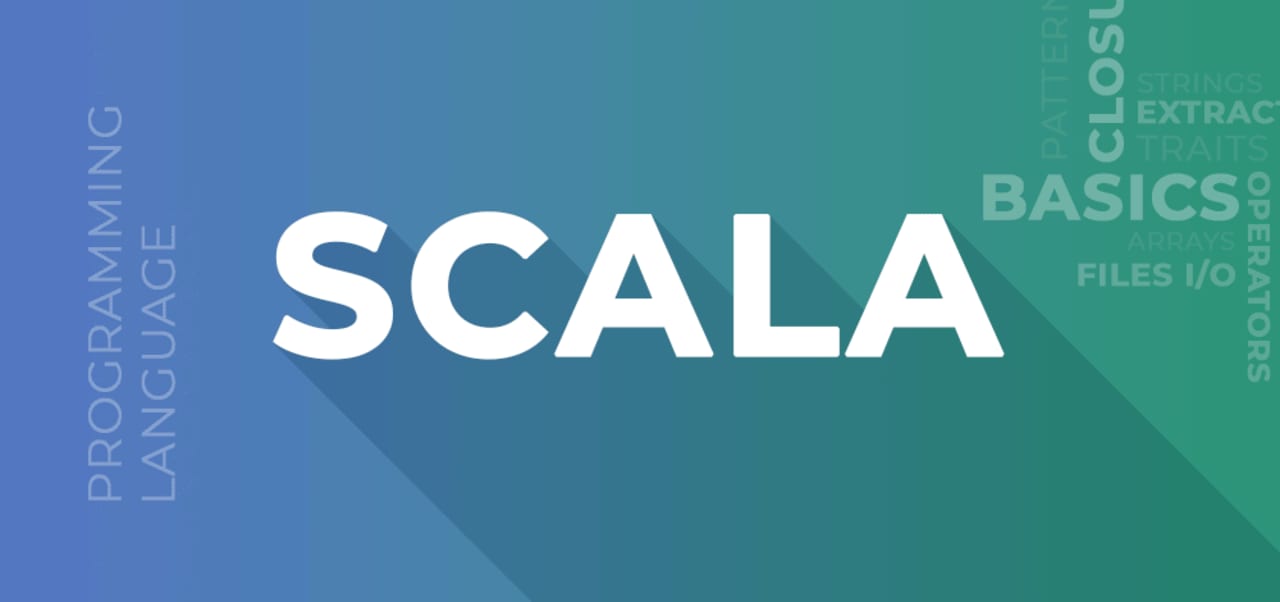
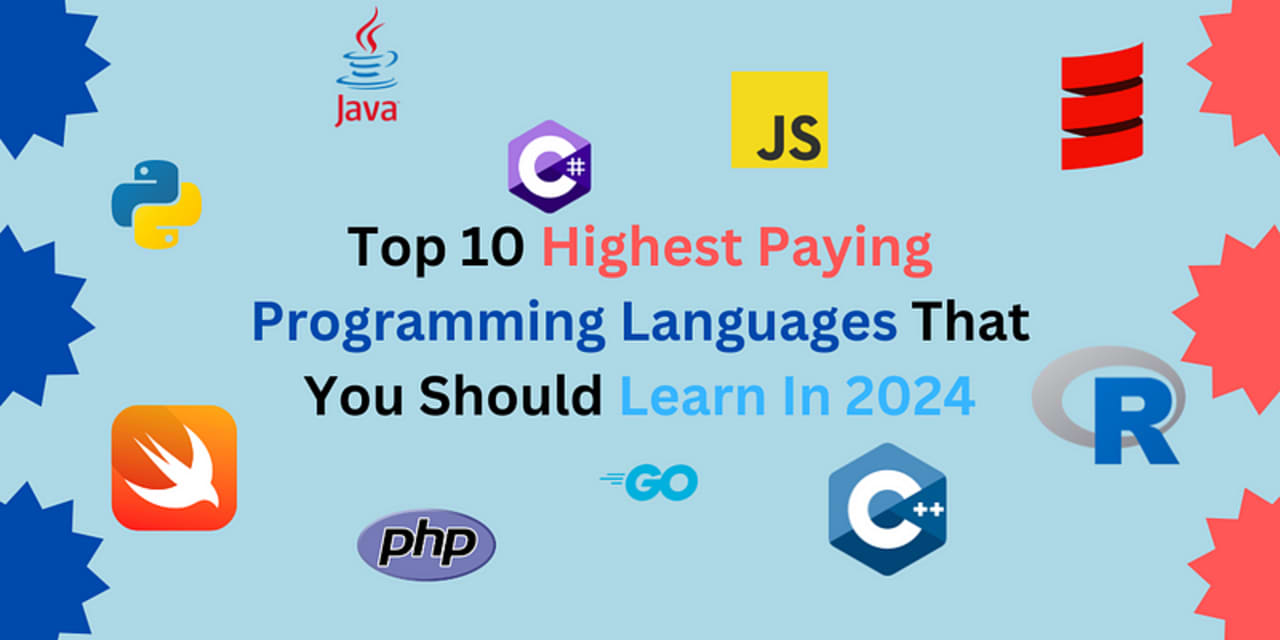
Scala is a functional programming language that runs on the Java Virtual Machine (JVM). It’s commonly used for big data processing, machine learning, and backend web development.
Here are the key things to know about Scala programming language and its common use cases:
Scala is a general-purpose programming language that runs on the Java Virtual Machine (JVM). It is a hybrid language that combines object-oriented and functional programming principles.
Scala code compiles to JVM bytecode, so it can interface with existing Java code and libraries. It is statically typed and aims to be more concise and safer than Java.
Some major use cases of Scala include:
Big data processing: Scala is widely used for large-scale data processing with frameworks like Spark, and Kafka due to its performance on JVM.
Web development: Popular frameworks like Play allow building web applications and services with Scala.
Cloud applications: Scala works well for serverless/microservices architectures on AWS, GCP etc.
Machine learning: Libraries like Breeze, and Spark ML enable ML/deep learning model development in Scala.
Desktop applications: Swing and JavaFX bindings provide GUI support for Scala desktop apps.
Financial applications: Scala is commonly adopted by financial institutions for projects involving high-performance computing.
Concurrency: Features like the actors model make Scala very suitable for writing concurrent and parallel programs.
The average salary of a Scala developer - $75,000.
9. Go
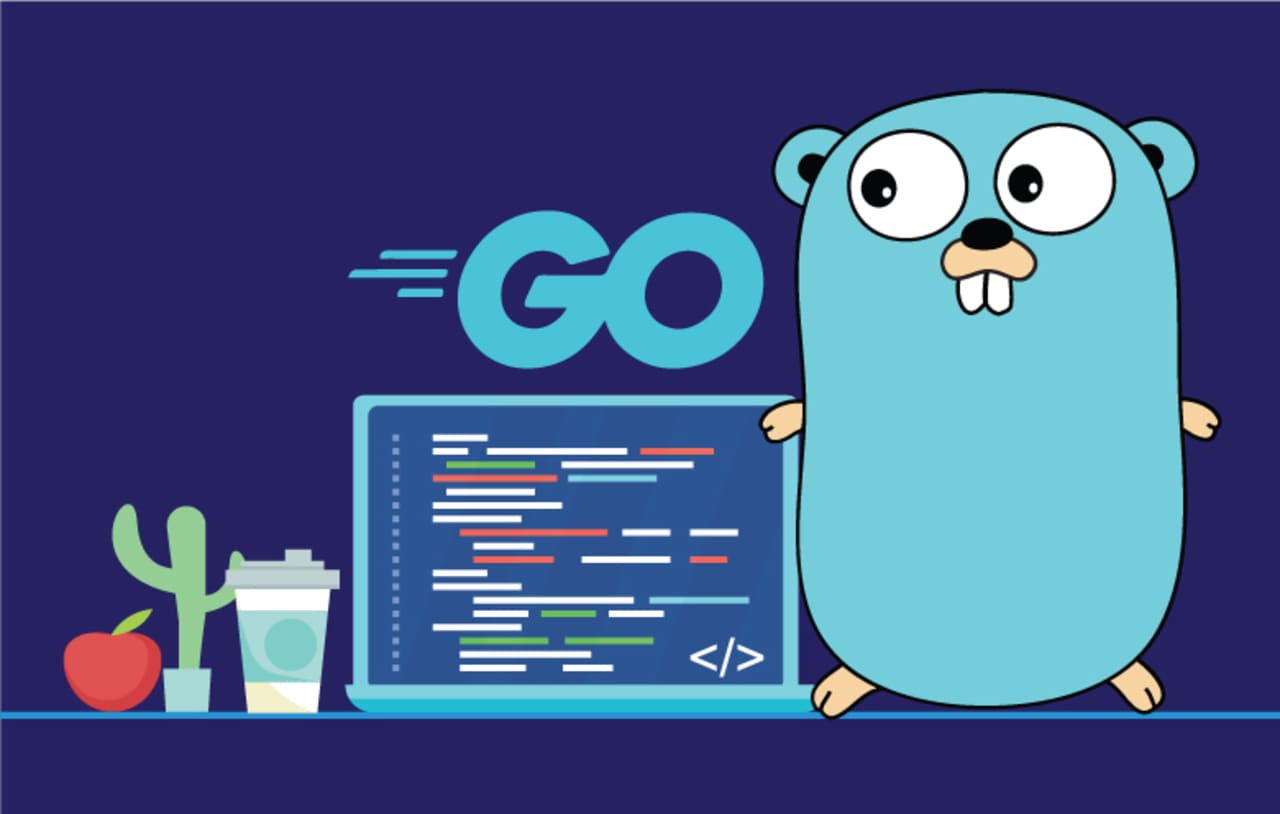
Go (also called Golang) is a systems programming language developed by Google. It’s commonly used for building microservices, networking tools, and other backend applications.
Here are the key things to know about the Go programming language and its common use cases:
- Go (also known as Golang) is a statically typed, compiled programming language developed at Google in 2007. It is designed for building simple, reliable and efficient software.
Some major use cases of Go include:
Backend web development: Go’s concurrency features make it very suitable for building scalable web applications and servers. Popular web frameworks include Gin, Echo etc.
Microservices: Go excels at developing microservices due to lightweight processes and ease of deployment.
Systems programming: Go finds usage in operating systems, file systems, databases etc. for its efficiency and control over resources.
Network applications: It is commonly used for networking tools, servers, and protocols due to good support for concurrent networking.
Cloud development: Go is well-suited for developing container-based cloud applications, serverless functions on AWS Lambda etc.
DevOps tools: Many DevOps tools like Docker, Kubernetes, Terraform, Prometheus etc. use Go.
Distributed systems: Features like goroutines , and channels help build distributed and concurrent applications easily in Go.
Desktop apps: GTK bindings allow the development of GUI-based desktop programs for Linux, Windows etc.
The average salary of a Golang developer - $78,000.
8. R

R is a statistical programming language commonly used for data analysis, visualization, and machine learning. It’s popular in fields like science, research, and finance.
Here are the key things to know about R programming language and its common use cases:
R is a programming language and software environment for statistical analysis, graphics, and statistical computing. It is mostly used for developing statistical software and data analysis.
R was developed in the early 1990s at Bell Laboratories by statisticians John Chambers and colleagues.
Some major use cases of R include:
Data analysis and visualization: R has a wide range of statistical and graphical techniques for analyzing, visualizing and modelling data.
Machine learning: Popular R packages like caret, rpart, and random Forest are used extensively in machine learning domains like predictive modelling, classification, clustering etc.
Statistical computing: The core functionality of R includes statistical techniques like descriptive statistics, hypothesis testing, regression, time series analysis etc.
Finance: R is widely used in financial data analysis, risk management, portfolio optimization, trading algorithms etc.
Bioinformatics: Packages like Bioconductor enable analysis of gene expression, DNA sequences, and protein structures in bioinformatics.
Social sciences: Used for survey analysis, psychometrics, and spatial data analysis in domains like sociology, psychology, geography etc.
Academia: R is popular for teaching statistics and as a research tool across domains like economics, medicine, engineering etc.
The average salary of R developer - $80,000.
7. Swift
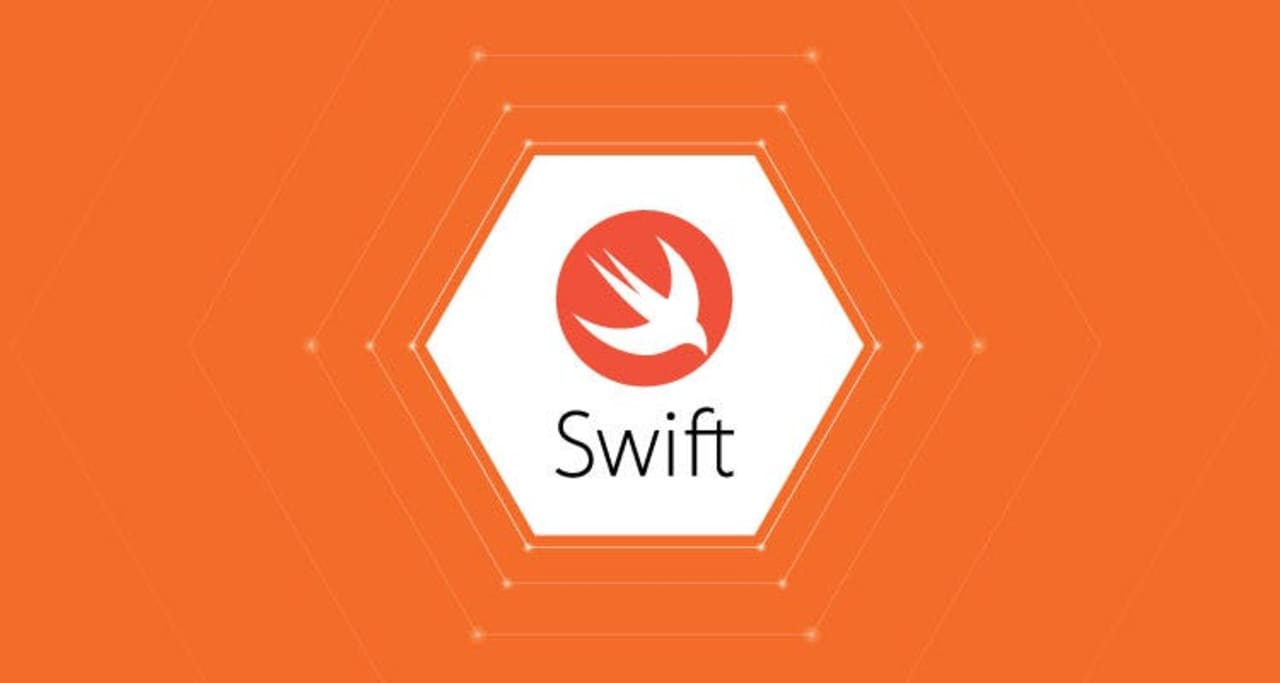
Swift is Apple’s primary programming language for building iOS and macOS apps. It’s an increasingly popular choice.
Here are the key things to know about Swift and its common use cases:
Swift is a general-purpose programming language developed by Apple and first introduced in 2014. It is designed to be more modern, resilient and interactive than Objective-C.
Swift code is compiled directly to machine code making it faster than interpreted languages. It is fully open source and works with Apple’s Cocoa and Cocoa Touch frameworks.
Some major use cases of Swift include:
The main use case of Swift is developing apps and games for Apple platforms like iOS, iPadOS, macOS, watchOS and tvOS.
iOS/iPad app development — Swift is the primary language recommended by Apple for building native mobile apps for iPhones and iPads.
macOS app development — Swift allows building desktop apps and command line tools for macOS.
**watchOS app development **— It is used to create apps for the Apple Watch operating system.
tvOS app development — Swift powers apps developed for Apple TV.
Cross-platform via SwiftUI — The New SwiftUI framework allows building UIs once that work across platforms.
**Backend web services **— Swift can be used with server-side frameworks like Vapor and Kitura to build APIs.
Games development — Game engines like SpriteKit and SceneKit use Swift for games on Apple platforms.
The average salary of a Swift developer - $83,000.
6. PHP
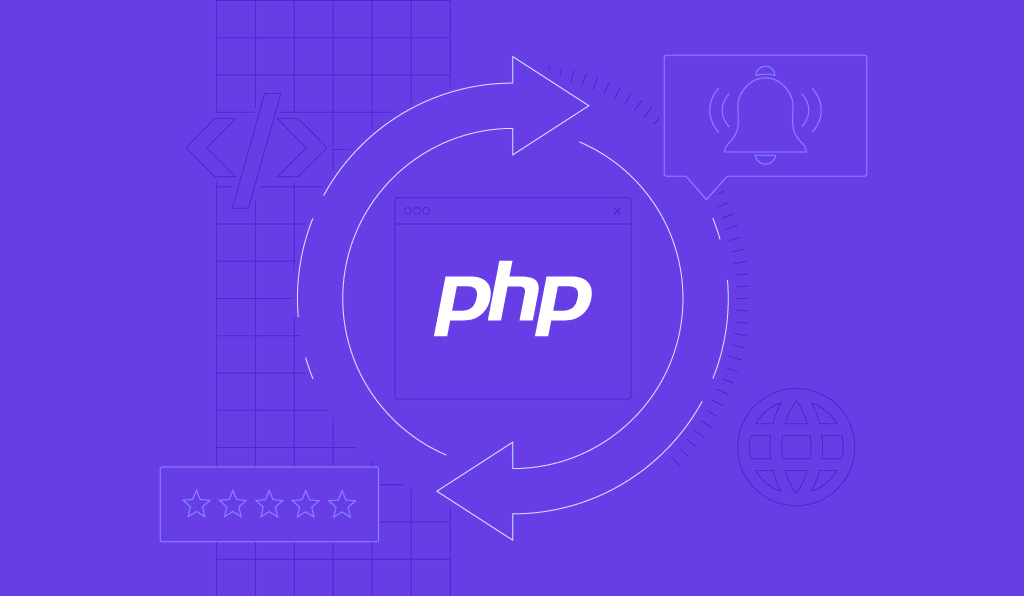
PHP is a popular server-side scripting language commonly used for building content management systems and other database-driven websites.
Here are the key things to know about PHP and its common use cases:
PHP is a widely open-source scripting language that can be embedded into HTML code for building dynamic web applications.
It was created for web development to generate dynamic page content but has evolved to be used as a general-purpose programming language.
PHP code runs on the server side and generates HTML that is then sent to the client. It is commonly used with MySQL for database connectivity.
Some major use cases of PHP include:
Content Management Systems — PHP powers popular CMS platforms like WordPress, Drupal, and Joomla.
E-commerce websites — Stores built with platforms like Magento, OpenCart, and Prestashop extensively use PHP.
Custom web applications — PHP is used to build custom database-driven websites and web apps.
Web services — It can be used to create RESTful APIs and SOAP web services.
Web frameworks — Popular PHP frameworks like Laravel, Symfony, and CakePHP simplify development.
Desktop apps — PHP GTK allows building desktop apps that can bundle web apps.
Web scripting — It is commonly used for server-side scripting tasks like form handling, user authentication etc.
The average salary of PHP developer - $85,000.
5. JavaScript
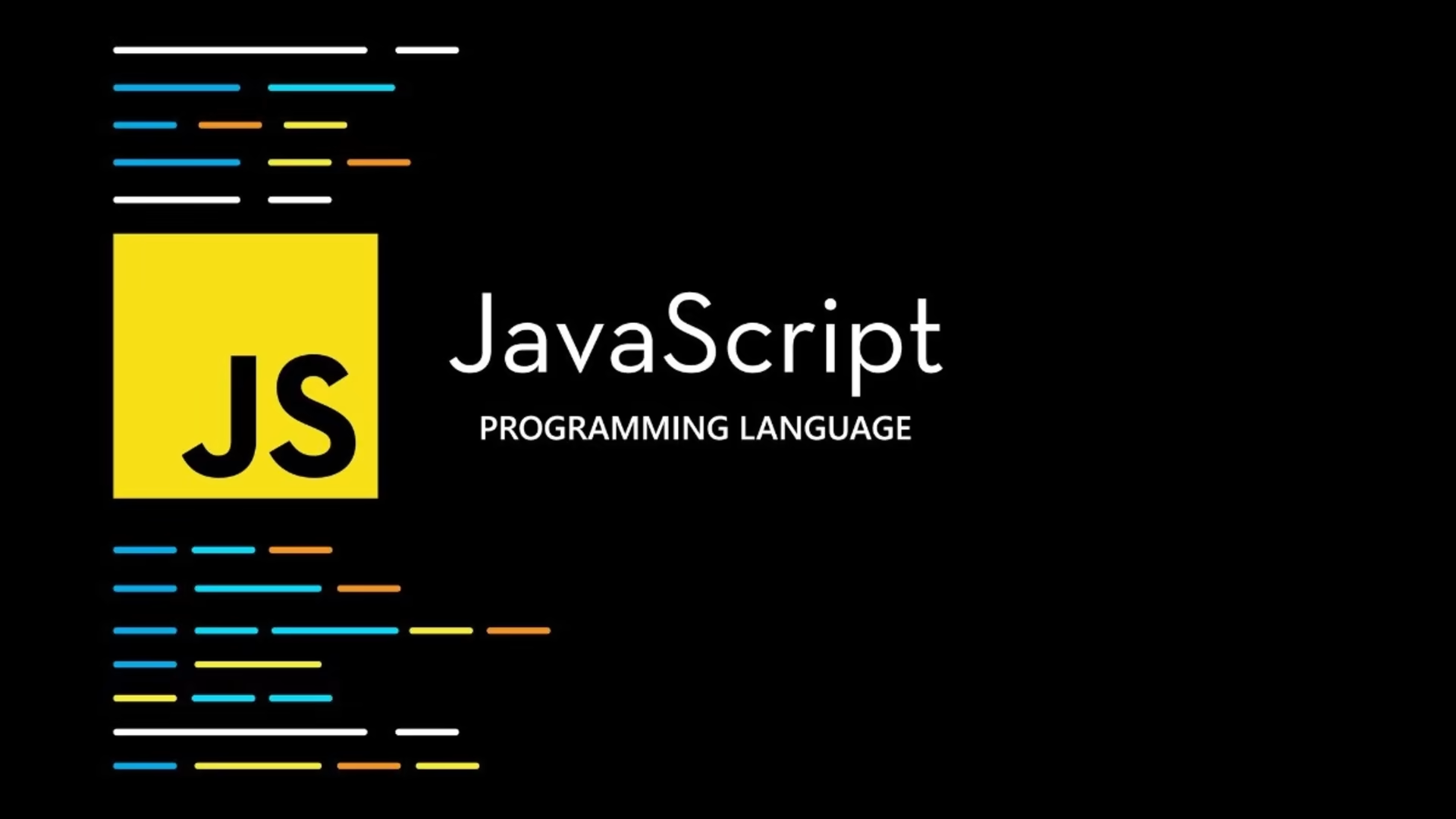
JavaScript is the main programming language of the web. It’s commonly used for frontend web development and Node.js backend development.
Here are the key things to know about JavaScript and its common use cases:
JavaScript is a dynamic scripting language, weakly typed and prototype-based. It was initially designed to add interactivity to web pages.
JavaScript code is executed client-side directly in the browser to provide dynamic and interactive behaviours like form validation, animations, AJAX calls etc.
With the advent of Node.js, JavaScript can also be used server-side for web development and building network applications.
Some major use cases of JavaScript include:
**Frontend web development **— It is used to add interactivity and dynamic behaviour to web pages through the browser.
Backend web development — With Node.js, JavaScript can be used to build servers, web APIs and network applications.
Desktop applications — With frameworks like Electron, JavaScript can package web apps into standalone desktop apps.
Mobile apps — React Native allows building cross-platform mobile apps using JavaScript.
**Game development **— Popular frameworks like Phaser and Babylon.js use JavaScript for games.
Full stack development — JavaScript can be used end-to-end from frontend to backend with frameworks like Express, React etc.
IoT/Embedded systems — JavaScript runs on various devices and microcontrollers via Node.js.
The average salary of JavaScript developer - $90,000.
4. C++

C++ is a lower-level systems programming language commonly used for performance-critical applications like games, operating systems, drivers, and embedded systems.
Here are the key things to know about C++ and its common use cases:
- C++ is a general-purpose programming language that is efficient, flexible and low-level. It was developed in 1979 as an extension to C language.
- C++ supports procedural, object-oriented, and generic programming. It has features like classes, inheritance, templates, exceptions.
- C++ code is typically compiled to machine code for maximum performance. It allows direct access to memory which makes it suitable for systems programming.
**Some major use cases of C++ include **
Systems programming : C++ is widely used to develop operating systems, databases, compilers, device drivers due to its efficiency and low-level access.
Games development : Most AAA games are developed using C++ for its high performance and ability to interface with graphics libraries.
**Embedded systems **: C++ is commonly used to program microcontrollers, hardware, firmware due to its low-level capabilities.
Desktop apps : C++ with Qt, wxWidgets allows building high-performance desktop apps for Windows, Linux.
**Back-end development **: C++ powers many web servers and networking applications for its efficiency.
Scientific/numerical computing : Libraries like Boost and Eigen make C++ very suitable for science and engineering tasks.
The average salary of a c++ developer - $92,000.
3. C#
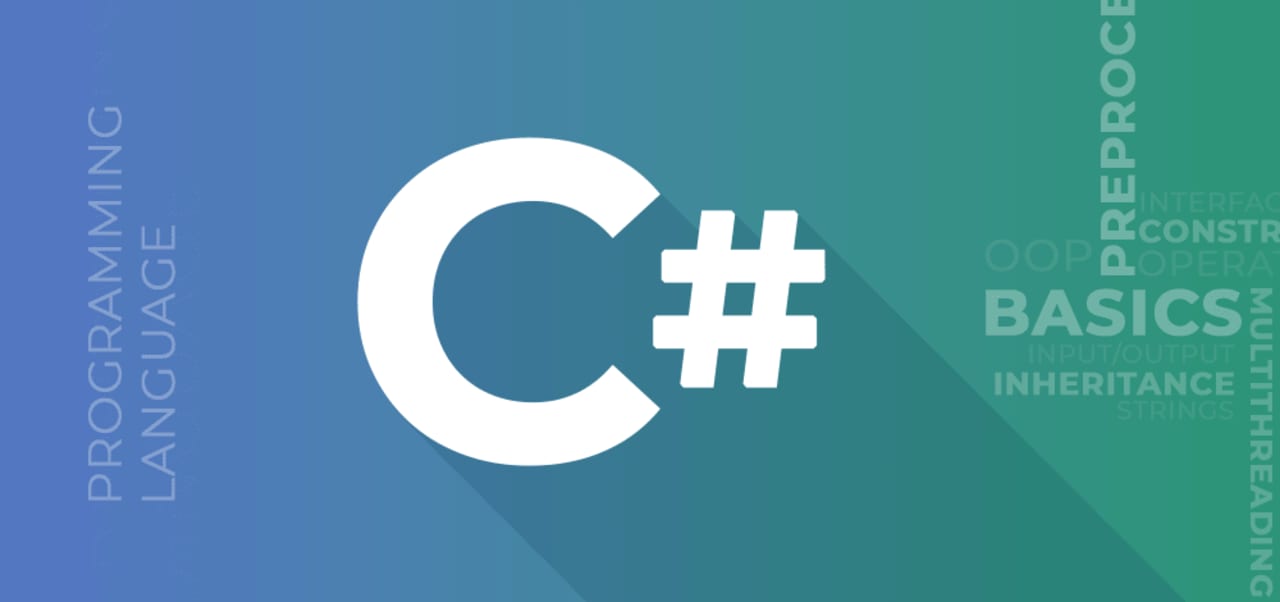
C# is a popular Microsoft-backed language commonly used for Windows desktop and mobile apps, Unity game development, and backend web development with .NET.
Here are the key things to know about C# programming and its common use cases:
C# (pronounced C sharp) is a multi-paradigm programming language developed by Microsoft. It is an object-oriented language similar to C and C++ but simpler.
C# code is compiled to an intermediate language called Microsoft Intermediate Language (MSIL) that runs on the .NET Framework. This allows C# programs to run on any operating system that supports .NET.
Some major use cases of C#
Windows desktop apps — C# is commonly used via Windows Presentation Foundation (WPF) and Windows Forms to build desktop apps for Windows.
**Web development **— Popular frameworks like ASP.NET and Mono allow building web APIs, sites and services with C#.
Games development — C# is widely used to develop games for Windows, Xbox, mobile via engines like Unity.
** Mobile apps** — Xamarin allows building cross-platform mobile apps for Android and iOS using C#.
**Machine learning **— C# is used for ML model building and deployment via libraries like ML.NET , TensorFlow Sharp.
**Cloud/Web services **— C# is well suited for building cloud-based microservices and serverless functions with frameworks like .NET Core.
Desktop/mobile libraries — C# allows building reusable libraries for tasks like GUI, data access, etc.
The average salary of a c# developer - $95,000.
2. Java
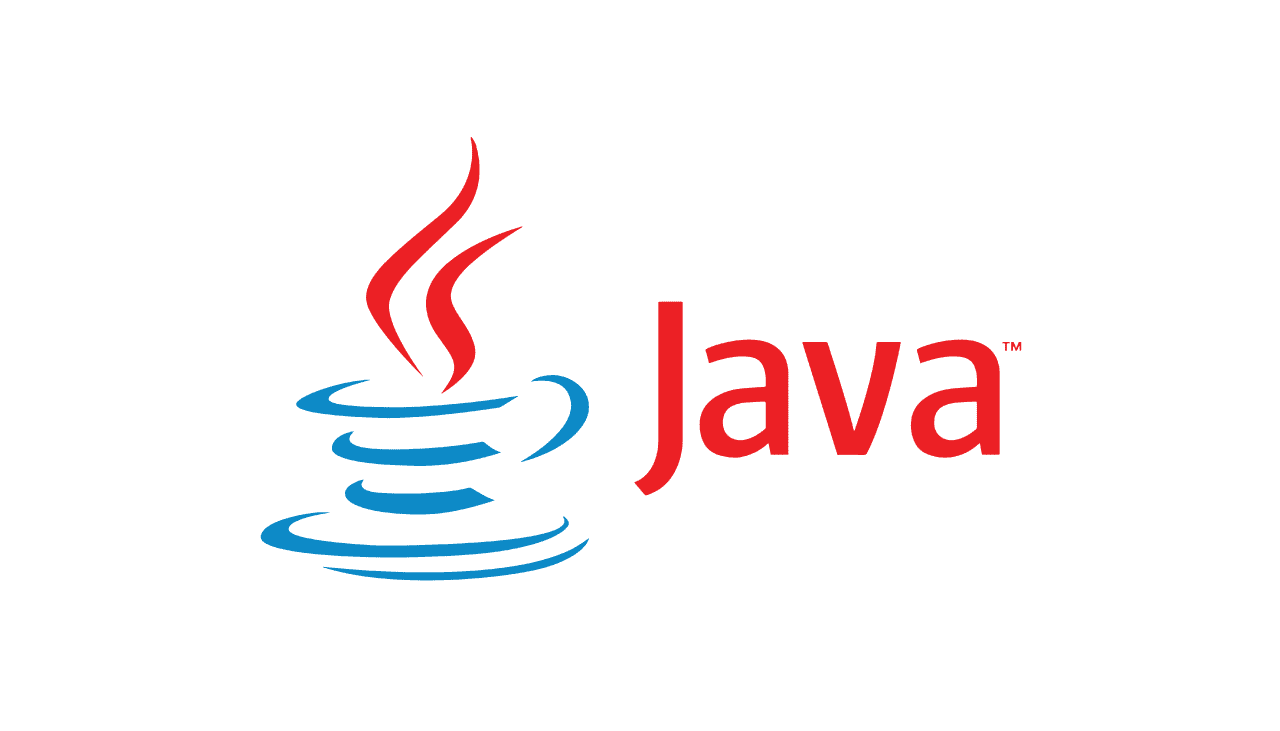
Java is one of the most widely used programming languages. It’s commonly used for backend web development, Android app development, and enterprise applications.
Here are some key things to know about Java and its common use cases:
Java is a general-purpose, class-based, object-oriented programming language created by Sun Microsystems (now Oracle Corporation) in 1995.
Java programs are typically compiled to bytecode that can run on any Java Virtual Machine (JVM) regardless of computer architecture. This “write once, run anywhere” feature is one of Java’s greatest strengths.
Some major use cases of Java include
**Enterprise applications **— Java is widely used for developing enterprise software like ERP systems, banking applications, etc due to its robustness, security and portability.
**Android development **— Android is based on the Java programming language with an adapted version of the Java SE platform. Java is used to build Android apps.
Web development — Java is used to build server-side applications with frameworks like Spring, Hibernate, Struts, etc. It’s also used to build serverless functions with frameworks like Quarkus.
Desktop applications — Java Swing and JavaFX allow building GUI-based desktop apps for Windows, Linux and macOS.
Big data — Java is commonly used for big data processing with frameworks like Hadoop and Spark due to its performance and scalability.
Games development — Java is used to develop games especially for browsers using frameworks like LibGDX and JavaFX.
The average salary of a java developer - $100,000.
1. Python
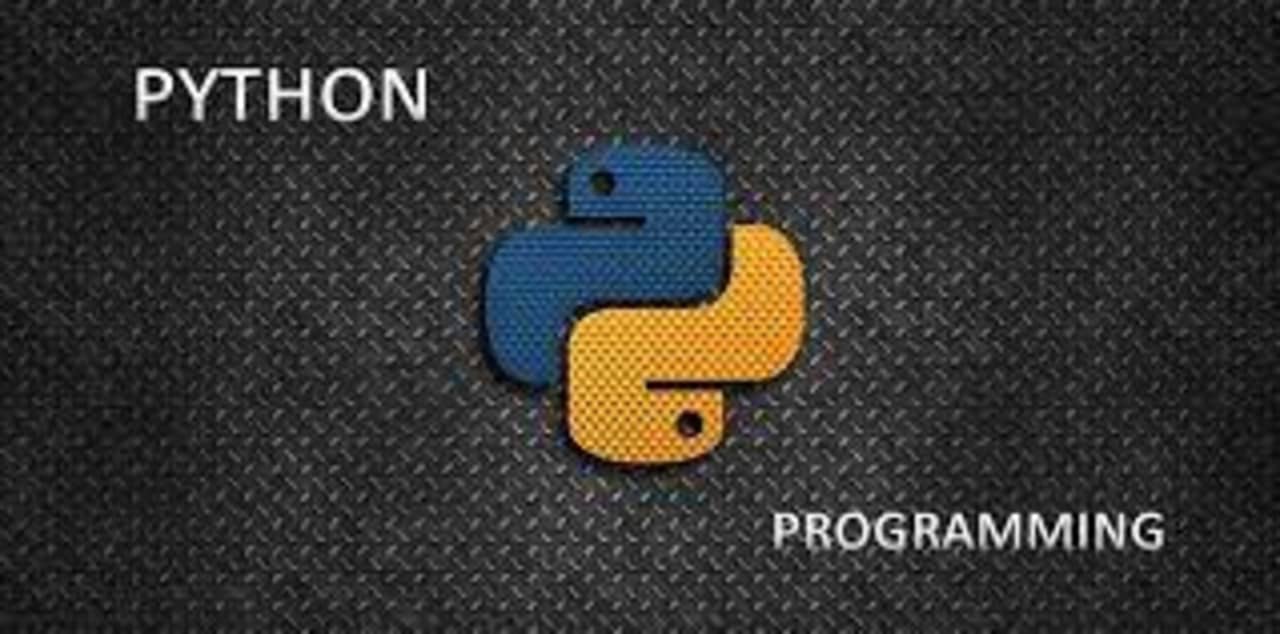
Python is one of the most popular and versatile languages. It’s commonly used for web development, data science, machine learning, and more.
Here are some of the main uses of the Python programming language:
Web Development: Python is widely used for web development, both on the front-end (client-side) and back-end (server-side). Popular Python web frameworks include Django, Flask, and Pyramid.
** Data Science and Machine Learning**: Python has powerful libraries for data science, science, and machine learning like NumPy, Pandas, Matplotlib, Scikit-learn. It’s one of the most commonly used languages for these domains.
Desktop Applications: Python can be used with libraries like Tkinter, PyQt, Kivy to build desktop apps for Linux, Windows, macOS. Examples include IDEs, utilities, games.
Back-End Development: Python powers many popular websites and applications. It’s used as the server-side language in sites built with Django or Flask.
Scientific and Numerical Computing: Python’s NumPy and SciPy libraries make it very suitable for scientific computing, simulations, numerical analysis and computational science.
Automation and Scripting: Python is often used to automate repetitive tasks and gluing together various applications via scripts.
Game Development: Python is gaining popularity for game development using libraries like PyGame, Kivy, Pyglet and Ren’Py.
Web Scraping: Libraries like Beautiful Soup, Scrapy make Python very suitable for scraping web pages and extracting structured data.
System Scripting: Python can be used to automate system administration tasks, manage infrastructure as code using tools like Ansible, SaltStack.
GUI Programming: Tkinter comes bundled with Python. PyQt and Kivy are also popular choices for GUI apps.
So in summary — data science, web development, automation, scientific computing are some of the major domains where Python shines. The average salary of a python developer - $105,000.


